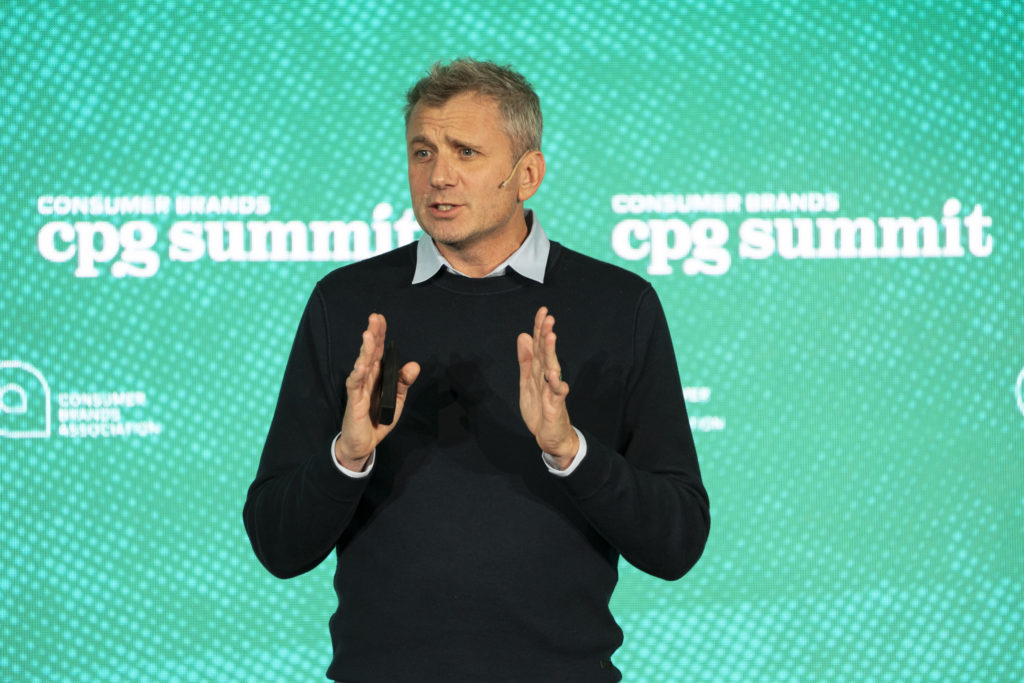
What a $5 Trash Bag Can Teach Us About Recycling
![]() CPG Summit sponsor Eastman authored the post below. For more information, visit Eastman.
CPG Summit sponsor Eastman authored the post below. For more information, visit Eastman.
When I moved my family of five to Switzerland, the first thing I noticed was how expensive everything was. The most alarming thing we learned is a white kitchen trash bag is $5. You would be amazed at how much behavior change that can drive in a house of five.
Motivated by wanting to reduce cost and waste, our family changed its lifestyle completely — though it wasn’t easy. There was no single-stream option like most of the U.S. We had to do all our own separation, drive it to the train station and sort into the myriad bins for collection. But we also managed to work our way down to 1.5 trash bags per month.
When we returned to the U.S., we brought with us our Swiss habits. My family is dedicated to recycling to this day. But even with our dedication to reducing waste, I know full well that most plastic is going to a landfill because it can’t be recycled due to today’s technology. In fact, only 8% of plastic is recycled in the U.S.
It would be thoroughly depressing if there weren’t hope. I currently lead Eastman’s plastics division with a focus on reinvigorating sustainability strategy. And as it turns out, determining the future of plastics recycling had me looking to the past. The biggest tool I had was an old technology from Kodak in the 1970s. Back then, Kodak would pay doctors to send back X-ray film to recover precious metals from it. That left a PET film that could have gone to the landfill, but Kodak built a plant to clean it up and create virgin-level quality film for new X-rays.
Eastman developed two molecular recycling technologies that use plastic waste as feedstocks, keeping that waste out of landfills, incinerators or, worse, the environment. These technologies break down plastic waste to the molecular level and use their original building blocks to make new materials without degradation of quality. These technologies reduce greenhouse gas emissions by 20%-50% in producing the building blocks for new materials, when compared to traditional processes.
These advances, however, are far from the end of the story. Technology by itself does nothing. A whole lot more has to happen around plastic recycling infrastructure, adoption of change and accepting of new technology.
As the debate continues on the path forward for recycling, there are many viewpoints and a few key areas we agree with environmentalists: we agree that waste-to-fuel is not recycling, because materials are not returned to the manufacturing cycle; we agree mechanical recycling is great where it can be used but has its limitations; we also agree that we can’t just address the plastic waste problem, we’ve got to address climate challenge at the same time.
A fully circular plastics value chain is possible and should be the vision that guides stakeholders forward. And we cannot afford to let the challenges stand in the way of achieving that vision.
Those barriers have to be broken and they have to be broken now. The road to the future is being paved. Regulations are being written. Choices are being made about materials. This is now the time to lead.
Published on October 6, 2022

